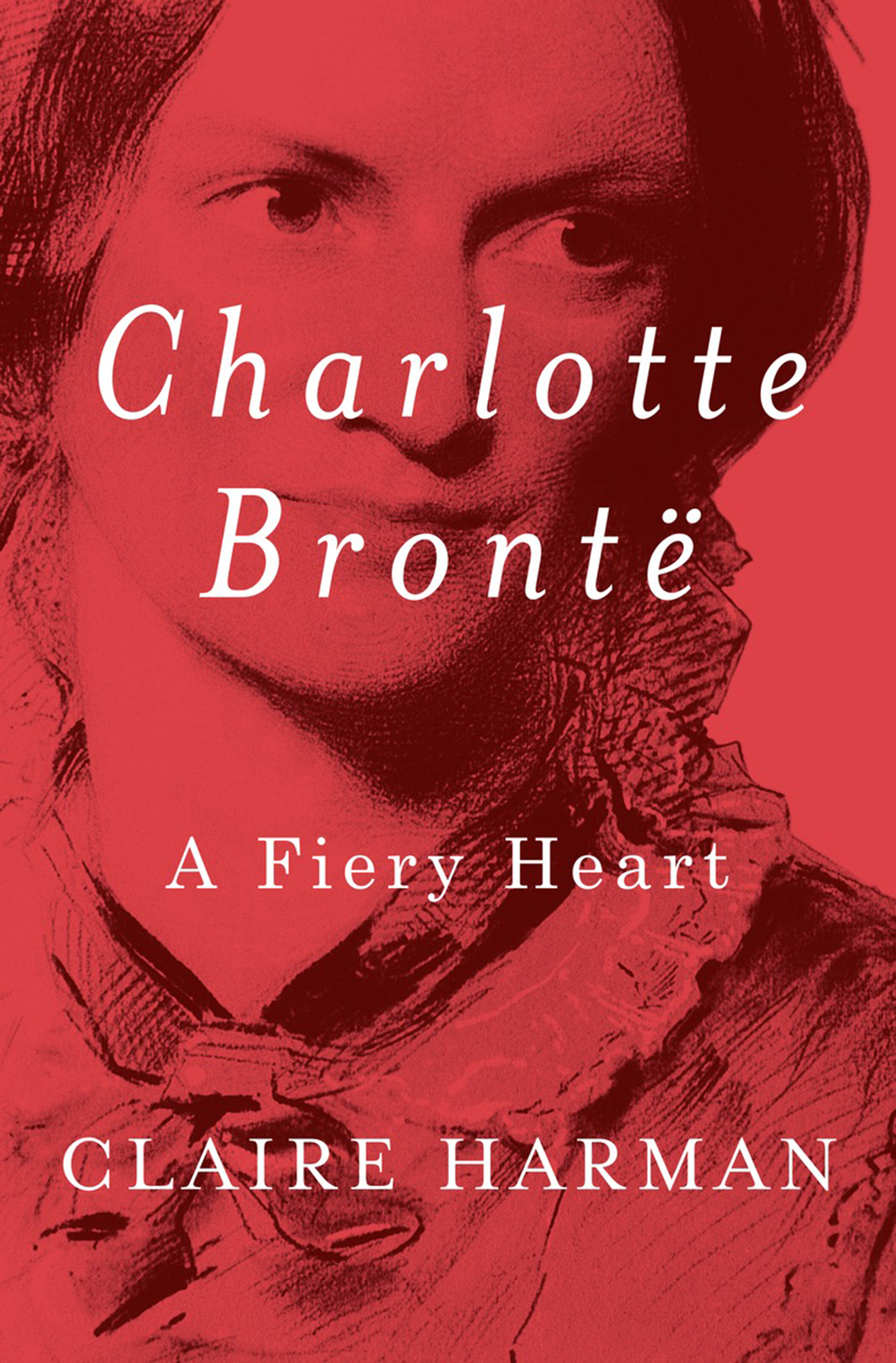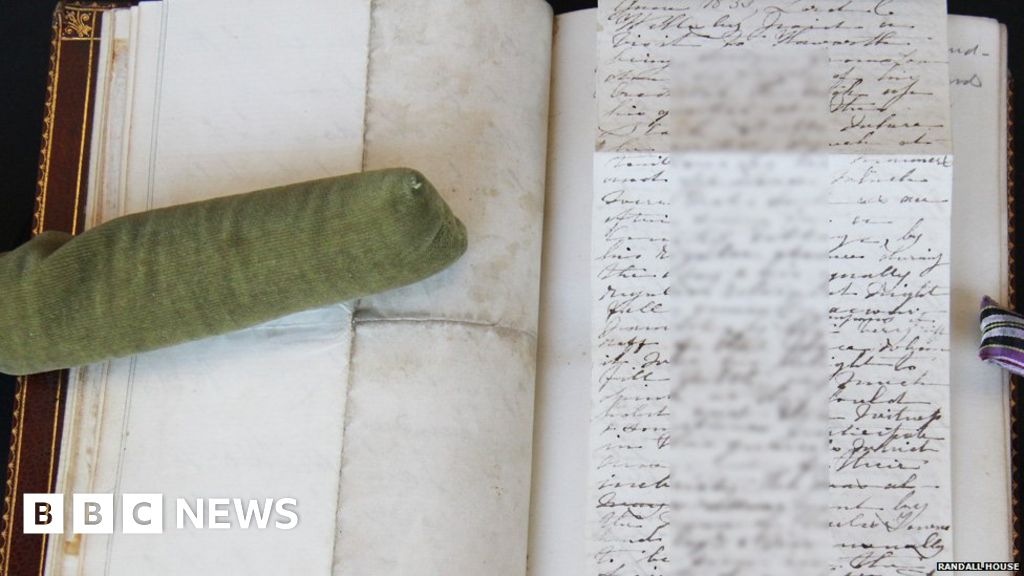


Through her Glass Town and Angria writings, Charlotte was able to nurture her talent for storytelling and act out her fantasies, freed from the constraints of the real world. Afterward, Charlotte and Branwell developed an extension of Glass Town which they called Angria. Their younger sisters Emily and Anne also played with them in this world but later seceded to form the imaginary world of Gondal. In addition, tutors came to their house to teach them painting and music.Ĭharlotte Brontë spent her childhood writing stories and poems about the imaginary world of Glass Town, which she created with her brother, Branwell. They had access to many books as well as the magazines that their aunt Elizabeth subscribed to. Despite their lack of formal schooling, Charlotte and her surviving siblings received an intellectually stimulating education at home. She was the third of six children, with two older sisters, Maria and Elizabeth, a younger brother, Patrick Branwell, and two younger sisters, Emily and Anne.Įtching of School for Clergymen’s DaughtersĪfter the deaths of Maria and Elizabeth Brontë, Charlotte’s father pulled her and Emily out of Cowan Bridge.

Her father, Patrick Brontë, was an Irish Anglican priest and her mother Maria Branwell was the daughter of a successful merchant. Early LifeĬharlotte Brontë was born on 21 April 1816 in the town of Thornton, west of Bradford in the West Riding of Yorkshire. Charlotte was the last surviving Brontë sibling and died in March 1855 during a difficult pregnancy. Due to prejudice against female writers at the time, she wrote under the androgynous pen name Currer Bell. She was the eldest of the three Brontë sisters whose works have become classics of English literature. Notable works: Jane Eyre (1847), Villette (1853)Ĭharlotte Brontë was an English novelist and poet, best known for her novels Jane Eyre and Villette.


 0 kommentar(er)
0 kommentar(er)
